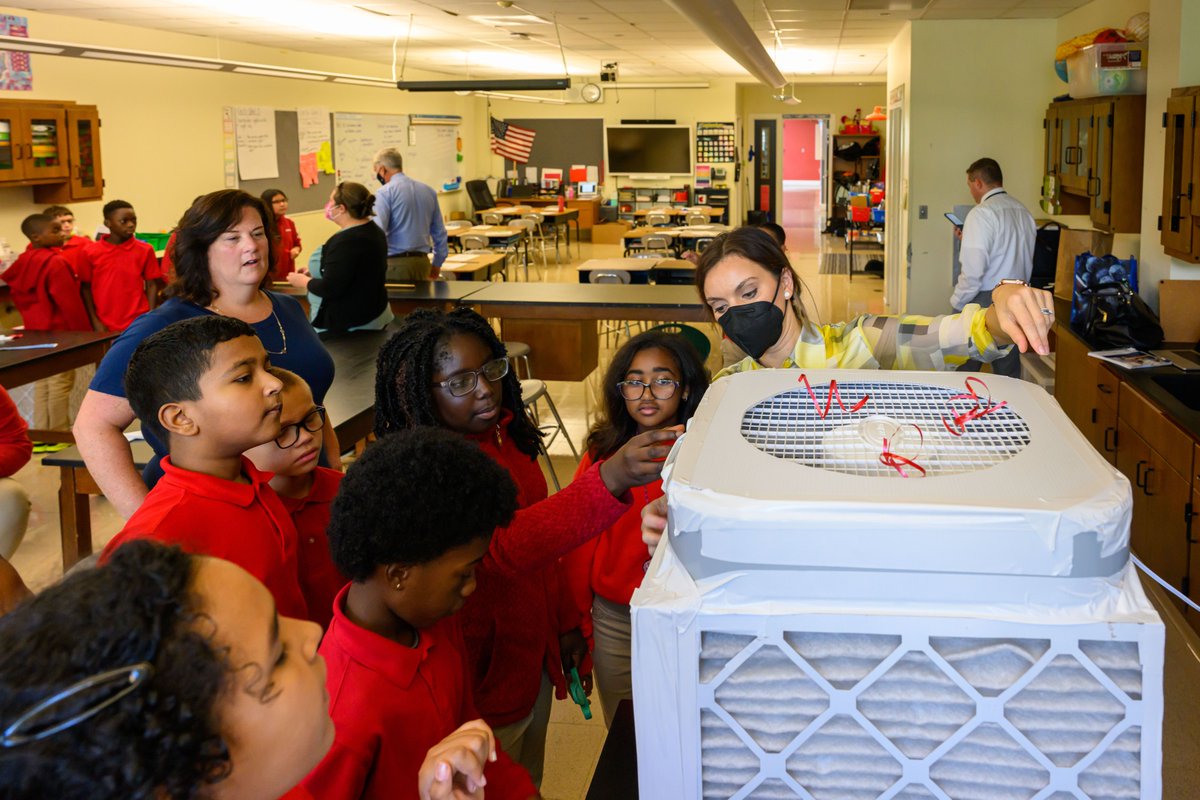Today on #WorldMangroveDay, we're appreciating these salt-tolerant trees that live where the ocean meets the coast. 🌊🌳 Mangroves provide essential habitat for thousands of species. They also stabilize shorelines, and play an essential role as carbon sinks. 📷@octavioaburto 

Researchers @octavioaburto, @MangroveMatt, @_hsumar, and others at Scripps have studied #mangroves in places like Mexico and the Galápagos Islands. They've been sampling mangrove sediments to understand understand carbon storage in these coastal ecosystems. #WorldMangroveDay 

In this video by @NatGeoEducation, Scripps marine biologist Astrid Hsu (@_hsumar) describes how she and other researchers use remote sensing, including satellites and drones, to study mangroves and inform conservation efforts: #WorldMangroveDay
"Mangroves represent a very, very tiny area on this planet, but they provide a huge amount of services for humans. So we need to protect them for the future generations.” Learn about @octavioaburto’s work to protect mangroves: Via @NatGeo #WorldMangroveDay
• • •
Missing some Tweet in this thread? You can try to
force a refresh












